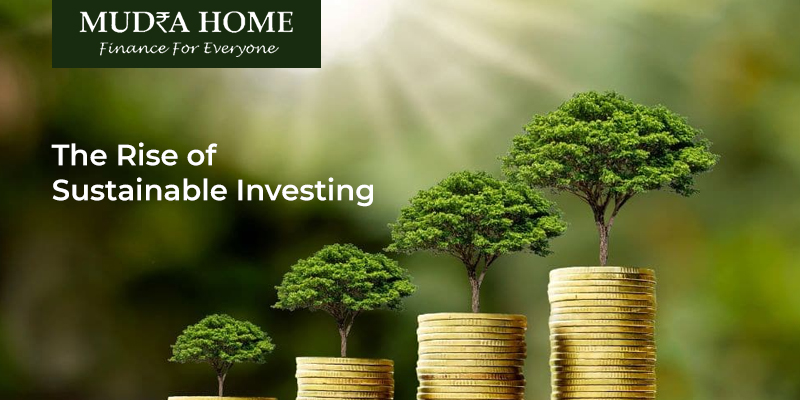
In recent years, sustainable investing has transitioned from a niche interest to a fundamental component of the global financial landscape. Investors are increasingly aligning their portfolios with their values, considering not only financial returns but also environmental, social, and governance (ESG) impacts. This shift marks a significant evolution in investment strategies, underlining the importance of sustainability in today’s market.
Sustainable investing involves the incorporation of ESG criteria into investment decisions, aiming to generate long-term competitive financial returns and positive societal impact. Unlike traditional investing, which focuses primarily on financial metrics, sustainable investing evaluates companies based on their environmental stewardship, social responsibility, and governance practices.
The sustainable investing market has seen exponential growth, with ESG funds attracting record inflows. According to the Global Sustainable Investment Alliance, sustainable investment assets reached $35.3 trillion in 2020, representing 36% of all managed assets in five of the world’s largest markets. This surge is driven by heightened awareness of climate change, social inequality, and corporate governance issues, as well as by the increasing evidence that ESG factors can be significant determinants of risk and return.
Contrary to the misconception that sustainable investing compromises on returns, evidence suggests that ESG funds often outperform their traditional counterparts. During the volatility sparked by the COVID-19 pandemic, many ESG funds demonstrated resilience, outperforming the broader market. This resilience is attributed to the rigorous ESG criteria, which help identify companies better equipped to handle economic and social crises.
The future of sustainable investing looks promising, with an expected increase in ESG fund offerings and further integration of sustainability into investment strategies. Technological advancements and regulatory developments will play crucial roles in facilitating this growth. As technology enables better analysis and reporting of ESG data, and as regulators around the world tighten sustainability reporting requirements, the barriers to sustainable investing are likely to diminish.
The rise of sustainable investing is a testament to the changing priorities of investors and a reflection of a broader societal shift towards sustainability. As more investors recognize the value of incorporating ESG criteria into their investment decisions, sustainable investing will continue to grow, shaping the future of finance. For those looking to make a positive impact while also seeking financial returns, exploring the opportunities in sustainable investing is an imperative step towards a green future.